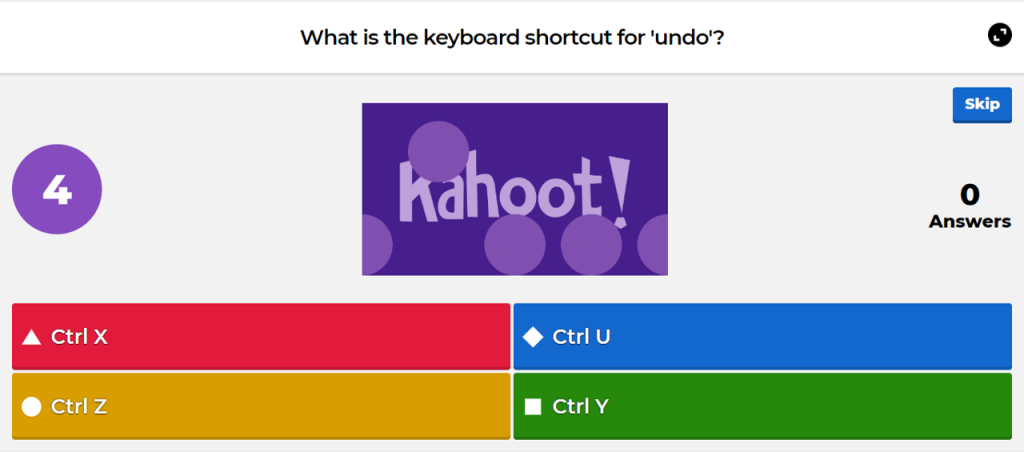Memory plays a very important part of all our lives. From young to old age, it creates connections and shared experiences between people, gives us the skills to develop and improve our performance and gives us joy in long-term recollection.
Memories allow us to act in the present and prepare for the future. Without it we wouldn’t be able to remember what happened yesterday, what we should do today and what we plan for tomorrow. Therefore, we should look after it and practice to improve it.
We spend a lot of money and time on improving our bodies – let’s not forget our minds! Below we explore 6 practical exercises to keep your mind in top shape. Practice makes perfect!
6 Practical Exercises to Improve Your Memory
1. Activate all your relevant past knowledge. The more that you know about something, the easier it is to learn new information related to it. Generate a link to past knowledge and you’re more likely to remember the new information and increase your productivity. This can help with remembering people’s names: look for a meaning in a name and link it to the person. This is also sometimes called name association.
2. Think of new information in different ways. Making rhymes, tunes or even puns and jokes with the new material can help your memory by creating more cues and links. Generating really distinctive ideas, sounds or images can also help with recall.
3. Learn the phonetic system for translating numbers into memorable words. It’s bad security to set all your PINs to the same number, so use this technique to memorise different pins for different cards. You can remember any string of numbers more easily by converting the numbers to words that are memorable to you, especially if they create a funny image.
4. Form mental images linking the things to be remembered. Mental imagery underlies some of the most powerful mnemonic techniques that have been recommended for over 2000 years. Forming mental images allows you to link together things which are not otherwise connected. Explore more in the following video:
[If you interact with the embedded video above and your browser is set to allow cookies, you agree for this 3rd party service to create and store local 3rd party cookies on your device.]
5. Practise retrieving information after a suitable interval. Retrieval practice is one of the most powerful ways to improve your memory. Unlike some of the other methods, reminding yourself to remember does not require creativity or a great deal of expertise. Almost everyone can benefit from retrieval practice, from the young to the old. Timing is the key: practise too soon and it won’t help, too late and you won’t be able to remember. The best time is just before you would have forgotten the information. It’s also a good idea to test yourself quite early – especially for names – then after a short while, then after a bit longer and so on.
6. Explain or teach something to someone else. You will have to recall or restudy the information in an organised way and you won’t be able to fool yourself over parts that you don’t understand. You’ll need to make sure you understand it fully to explain or teach it to someone else!
Conclusion
New research has estimated that the brain can hold at least a petabyte of information, which is about as much as the World Wide Web currently holds. Isn’t that worth investing in it and using to its fullest potential?
To find out more and build your memory skills attend one of our dedicated training courses: Improve your Memory or Improving Memory with Mindmapping.


